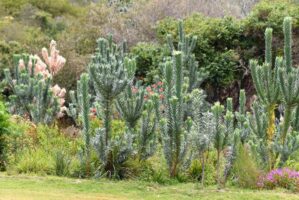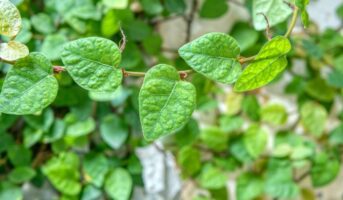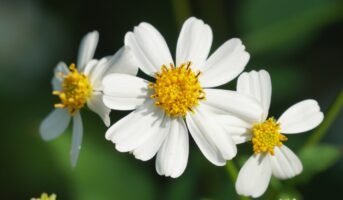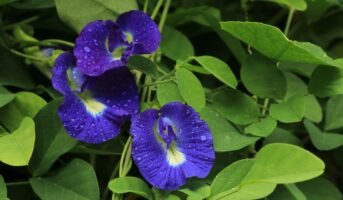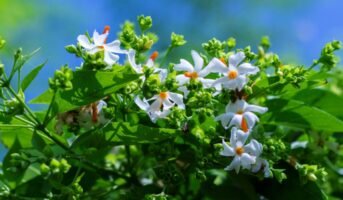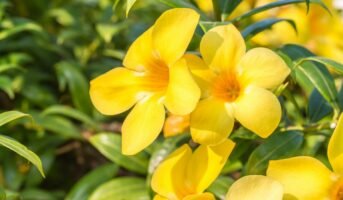Senegalia catechu is a species of a flowering plant in the pea family, Fabaceae, which is native to tropical and subtropical regions of Asia and Africa. Commonly known as the Cutch tree, Catechu tree, or Acacia catechu, khair tree is known for its medicinal properties and has been used in traditional Ayurvedic and Chinese medicine for centuries. The plant is also used for various purposes, including as a source of natural dyes and food for livestock.
It is used in the production of catechu, a substance obtained from the heartwood of the plant, that is used in the manufacture of various products, including tannins, dyes, and pharmaceuticals. The plant is also grown for its wood, which is used for fuel, construction, and other purposes. Moreover, the tree is known for its fast growth and ability to grow in poor soil conditions, making it useful for reforestation and land rehabilitation.
See also: Gazania rigens: Learn how to grow and maintain the Treasure flower
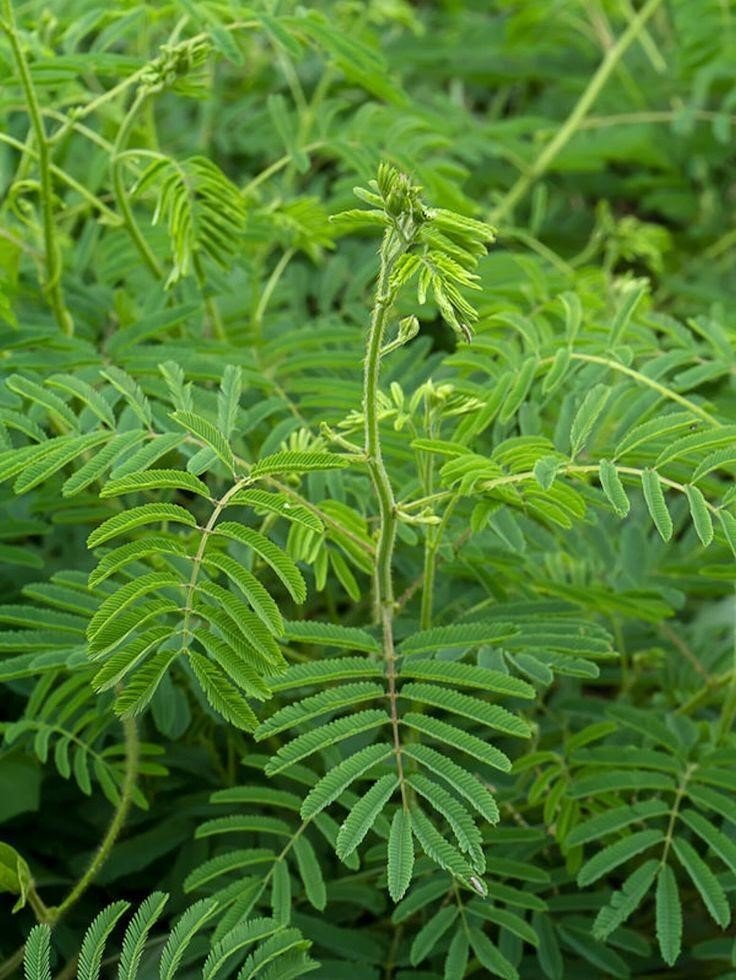
Source: Pinterest
Khair tree: Key facts
| Name | Senegalia catechu |
| Common names | Cutch tree, Catechu tree, Khair tree or Acacia catechu |
| Family | Fabaceae |
| Origin | Asia and Africa |
| Soil | Light (sandy) and medium (loamy) |
| Sunlight | Full sun |
| Flowers | Small and white |
| Leaves | Pinnate and have 5-9 leaflets |
| Indoor/Outdoor | Outdoor |
Khair tree: Physical description
Senegalia catechu or khair tree is native to India, Nepal, and Pakistan. The plant is a small to medium-sized tree that can grow up to 15–25 metres in height. It has a dense, rounded crown, a straight, cylindrical bole, and a light grey, rough bark. The leaves are pinnate and have five to nine leaflets.
The flowers are small and white and arranged in clusters. The fruit is a legume that is green when young and turns brown as it matures, becoming a leathery pod that contains one to two seeds. The tree is known for its hard, durable wood, which is used for making furniture, construction materials, traditional medicines, and dyes for fabrics.
Khair tree: How to grow it?
If you want to try growing Senegalia catechu at home, here are a few tips to keep in mind:
- Choose a location in your garden that receives full sun and partial shade. The tree can tolerate a wide range of soil types but prefers well-draining soil rich in organic matter. Consider planting your Senegalia catechu in a container and bringing it indoors during winter to protect it from frost if you live in a cold climate.
- A young tree should be planted in a hole as deep as and twice as wide as the root ball. Place the tree in the hole, and fill it with soil, making sure that it is at the same depth as it was in the container.
- Water the tree regularly, especially during the first year after planting. The tree has a moderate water requirement. The soil must be evenly moist but not too soggy.
- Fertilise the tree in the spring with a balanced fertiliser. A balanced fertiliser has a 10-10-10 or 20-20-20 formula. Follow the instructions on the package for determining the appropriate amount to use.
- Prune the tree to remove dead or damaged branches and maintain the desired shape.
Senegalia catechu can be sensitive to cold temperatures, so it may be best to grow it in a warm climate. It may take several years for the tree to reach its full size.
Khair tree: Care tips
Senegalia catechu is often grown for its attractive, pinkish-brown wood, which has various applications, including building furniture, flooring, and tool handles. Here are some care tips for Senegalia catechu:
- Water your tree regularly, especially during dry periods.
- Fertilise your tree with balanced fertilisation in spring.
- Prune your tree to remove dead or damaged branches.
- Protect the tree from pests and diseases by keeping the area around it clean and free of debris.
- Over-fertilising and over-watering can lead to problems such as root rot.
Khair tree: Uses
Senegalia catechu has several uses. Some of the most common uses for this tree include:
- Fodder: The leaves and pods of the tree are used as a food source for the livestock.
- Medicine: The plant has been used in traditional medicine to treat various ailments, including diarrhoea, sore throat, and wounds.
- Dye: The wood of the plant can be used to produce a black dye.
- Tanning: The plant’s bark contains tannins, which can be used in tanning leather.
- Timber: The wood of the plant is hard and durable, making it suitable for use in construction and furniture.
- Gum: The plant produces gum as a food additive, incense and other products.
- Food: The plant is used in traditional South Asian cuisine, particularly in preparing chutneys and pickles.
- Landscaping: The tree is often grown as an ornamental plant in gardens and parks.
- Reforestation: The tree is used in reforestation efforts in areas where it is native.
Khair tree and its role in sustainable landscaping
It is a fast-growing tree that has a wide range of uses, particularly in traditional medicine and tanning industries. However, its importance extends beyond these industries, as it plays a significant role in sustainable landscaping. The Khair tree is known for its ability to fix nitrogen in the soil, which can improve soil fertility and support the growth of other plants in the ecosystem. Additionally, the tree’s leaves and branches can provide shade and shelter to other species, while its wood can be used for fuel and construction purposes. Overall, the Khair tree is a valuable asset in promoting sustainable land use and biodiversity conservation.
Khair tree: An essential element of traditional agriculture
The Khair tree has been an essential element of traditional agriculture in India for centuries. The tree is highly valued for its many uses, such as providing timber, fuelwood, and fodder for livestock. Its bark and heartwood are used in various industries, including pharmaceuticals, tanning, and dyeing.
In addition to its economic importance, the Khair tree plays a crucial role in the ecological balance of its habitat. The tree is drought-resistant and helps to prevent soil erosion, making it an ideal species for sustainable landscaping. Its deep roots help to stabilise the soil, while its leaves and branches provide shade and shelter for birds and small animals.
Furthermore, the Khair tree is an important component of traditional agroforestry systems, where it is planted alongside crops to provide shade, prevent soil erosion, and improve soil fertility. Its ability to fix nitrogen in the soil makes it a valuable addition to any farming system.
Khair tree: Toxicity
Senegalia catechu, also known as Acacia catechu, is a plant that is toxic to humans and animals when ingested. The toxic compounds in the plant include tannins, which can cause vomiting and diarrhoea, and alkaloids, which can cause muscle tremors and convulsions. It is important to keep Senegalia catechu out of reach of children and pets to prevent accidental ingestion. If you suspect someone has ingested the plant, seek medical attention immediately.
FAQs
What are the medicinal uses of Senegalia catechu?
Senegalia catechu has astringent, antimicrobial, and antioxidant properties. It has traditionally been used in Ayurvedic medicine to treat various conditions, including diarrhoea, dysentery, mouth ulcers, gum disease, and wounds. The bark and gum of the tree are used to make remedies for these and other ailments.
What are the physical characteristics of Senegalia catechu?
Senegalia catechu is a medium to large deciduous tree that can reach a height of 20–25 metres. It has a straight, cylindrical trunk and a dense, round crown of branches. The leaves are bipinnate, with small, yellow flowers that appear in clusters. The tree produces long, thin pods that contain seeds.
Where is Senegalia catechu found?
Senegalia catechu is native to India, Bangladesh, and Pakistan and is found in these countries' tropical and subtropical regions. It grows in a variety of habitats, including dry deciduous forests, grasslands, and along riverbanks.
Is Senegalia catechu safe to use?
While Senegalia catechu is generally considered safe when used in the recommended doses, it may cause some side effects in some people, such as gastrointestinal discomfort, dizziness, and headache. It is always best to consult a healthcare provider before using any new supplement or natural remedy.
Housing News Desk is the news desk of leading online real estate portal, Housing.com. Housing News Desk focuses on a variety of topics such as real estate laws, taxes, current news, property trends, home loans, rentals, décor, green homes, home improvement, etc. The main objective of the news desk, is to cover the real estate sector from the perspective of providing information that is useful to the end-user.
Facebook: https://www.facebook.com/housing.com/
Twitter: https://twitter.com/Housing
Email: [email protected]

